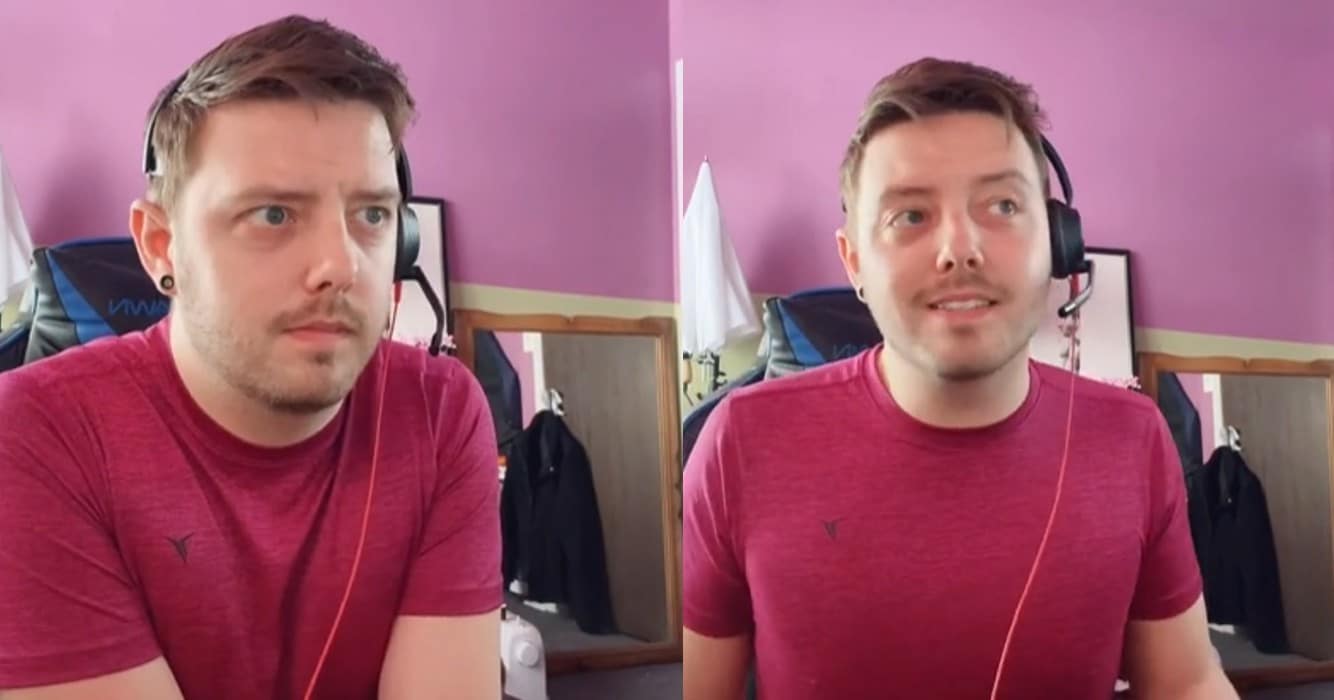The newly discovered planet and its smaller, Earth-sized companion are both in the habitable zone, where it is possible that liquid water may be present on both surfaces. Scientists have discovered a planet the size of Earth named TOI 700 e that is circling within the habitable zone of its star, or the range of distances where liquid water might exist on a planet’s surface. This planet was discovered using data from NASA’s Transiting Exoplanet Survey Satellite. It is 95% as big as Earth and probably made of rocks.
Finding Out More

The TOI 700 b, c, and d planets were the first three planets in this system to be found by astronomers. The habitable zone is where planet d also revolves. However, it took researchers another year of TESS observations to find TOI 700 e.
The study’s lead author, Emily Gilbert, a postdoctoral fellow at NASA’s Jet Propulsion Laboratory in Southern California, noted that this is one of the few known systems containing several small, livable planets. “This is one of only a few systems with multiple, small, habitable-zone planets that we know of, that makes the TOI 700 system an exciting prospect for additional follow-up. Planet e is about 10% smaller than planet d, so the system also shows how additional TESS observations help us find smaller and smaller worlds.”
More Out There

A tiny, cool M dwarf star called TOI 700 can be found in the southern constellation Dorado at a distance of about 100 light-years. Gilbert and others announced the finding of three planets in 2020, including the Earth-sized, habitable-zone planet d, which is on a 37-day orbit. The innermost planet, TOI 700 b, orbits the star every ten days and is nearly 90% the size of Earth. The orbit of TOI 700 c, which is more than 2.5 times larger than Earth, lasts 16 days. The planets are likely tidally locked, meaning they rotate just once per circle so that one side always faces the star, just as the Moon always faces Earth from one side of its orbit.
Planetary scientists can learn more about the past of our own solar system by discovering other systems in this region that have Earth-sized worlds. According to Gilbert, further research into the TOI 700 system using both ground- and space-based observatories is ongoing and could provide new information about this unusual system.


